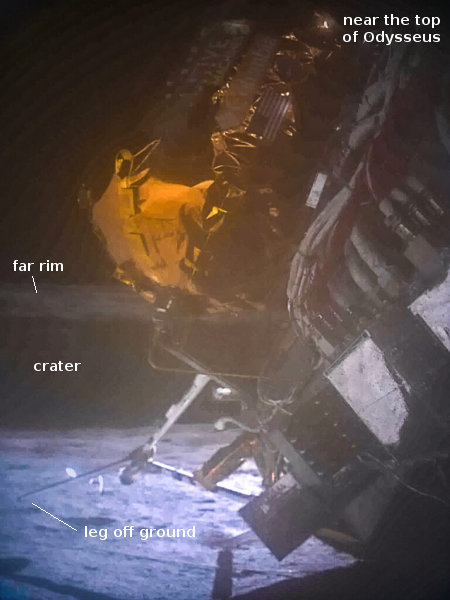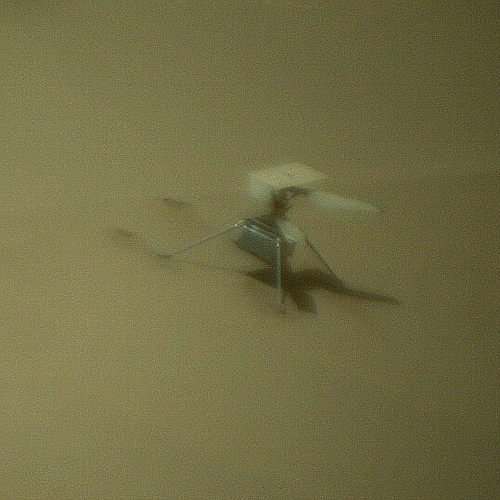SpaceX and China complete launches
Two successful launches today, first from China and then from SpaceX.
First, China launched what it called a”high-orbit internet services” satellite into orbit, its Long March 3B rocket lifting off from its Xichang spaceport in southwest China. No word where the rocket’s four strap-on boosters or core stage crashed in China.
Then SpaceX launched another 23 Starlink satellites into orbit, its Falcon 9 rocket lifting off from Cape Canaveral. The first stage successfully completed its 11th flight, landing on a drone ship in the Atlantic.
The leaders in the 2024 launch race:
19 SpaceX
10 China
3 Russia
American private enterprise still leads the entire world combined 22 to 19 in successful launches, while SpaceX remains tied 19-19 with the rest of the world, excluding American companies.
Two successful launches today, first from China and then from SpaceX.
First, China launched what it called a”high-orbit internet services” satellite into orbit, its Long March 3B rocket lifting off from its Xichang spaceport in southwest China. No word where the rocket’s four strap-on boosters or core stage crashed in China.
Then SpaceX launched another 23 Starlink satellites into orbit, its Falcon 9 rocket lifting off from Cape Canaveral. The first stage successfully completed its 11th flight, landing on a drone ship in the Atlantic.
The leaders in the 2024 launch race:
19 SpaceX
10 China
3 Russia
American private enterprise still leads the entire world combined 22 to 19 in successful launches, while SpaceX remains tied 19-19 with the rest of the world, excluding American companies.











